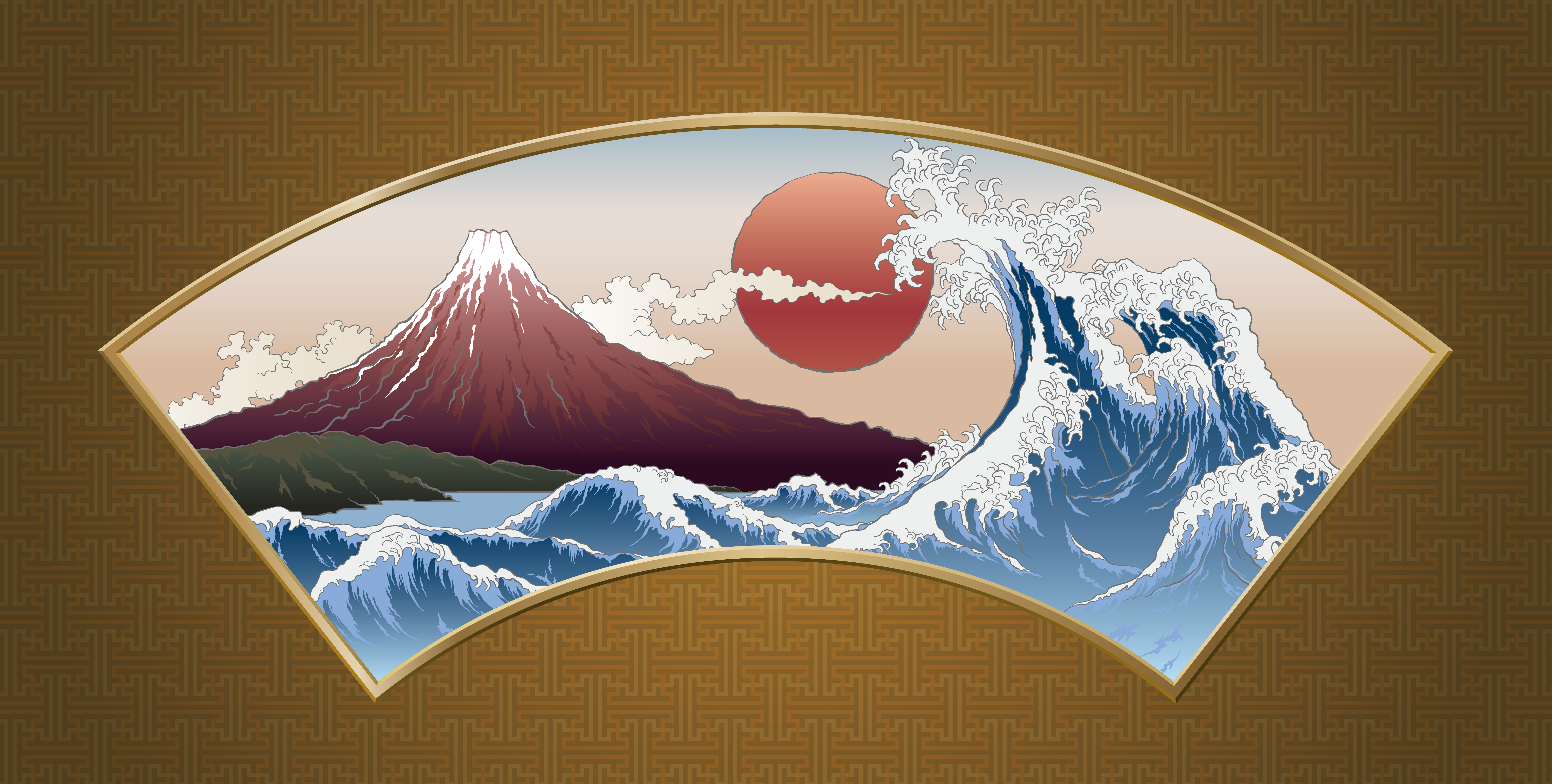The first month of the year, or historically the first month of the lunar calendar. The word shogatsu, however, more often means a particular period of the New Year, especially the first three days or the first week of January, rather than the month itself. The customs prevailing during this festive season originated in the religious observances performed by the ancients, who prayed at year’s beginning for the favor of their ancestral deities and for an abundant crop for the year. However, the religious implication has been lost, and people now follow the time-honored customs simply in celebration of the New Year.
Spiced sake (toso) and rice cakes boiled with vegetables (zoni) are what characterize the breakfast taken on the morning of New Year’s Day. Some people start the New Year with new resolutions, since New Year’s Day is, as the proverb says, the day to make one’s plans for the year. People enjoy reading New Year’s cards (nenga-jo), often delivered in a batch on this day, and see how friends and relatives are getting along. Many people pay the year’s first visit to temples and shrines. Some famous shrines are so thickly thronged with the multitude – with men and women, the young and the aged, the pious and the indifferent – that the police are needed to handle the crowds. Small children are given good luck gifts (otoshidama) and enjoy playing what are the traditional games for the shogatsu season, such as kite-flying (tako-age), top-spinning (koma-mawashi), Japanese badminton (hane-tsuki), and card games (karuta-tori). Younger children usually enjoy iroha-karuta (cards of the Japanese syllabary), whereas older children and teenagers may take more interest in playing hyakunin-isshu (cards of one hundred famous short poems).
On January 7 some people eat rice porridge with seven kinds of spring herbs (nanakusa-gayu), which was believed in ancient times to be capable of preventing and curing every known disease. The custom which marks the end of shagatsu is the cutting and eating of the New Year’s rice cakes (kagami-mochi) offered on the household altar. On January 11, or in some districts on January 20, those round mirror-shaped rice cakes are cut or broken to pieces, toasted, put into heated sweet red-bean soup (oshiruko), and then eaten by the whole family.














New comment